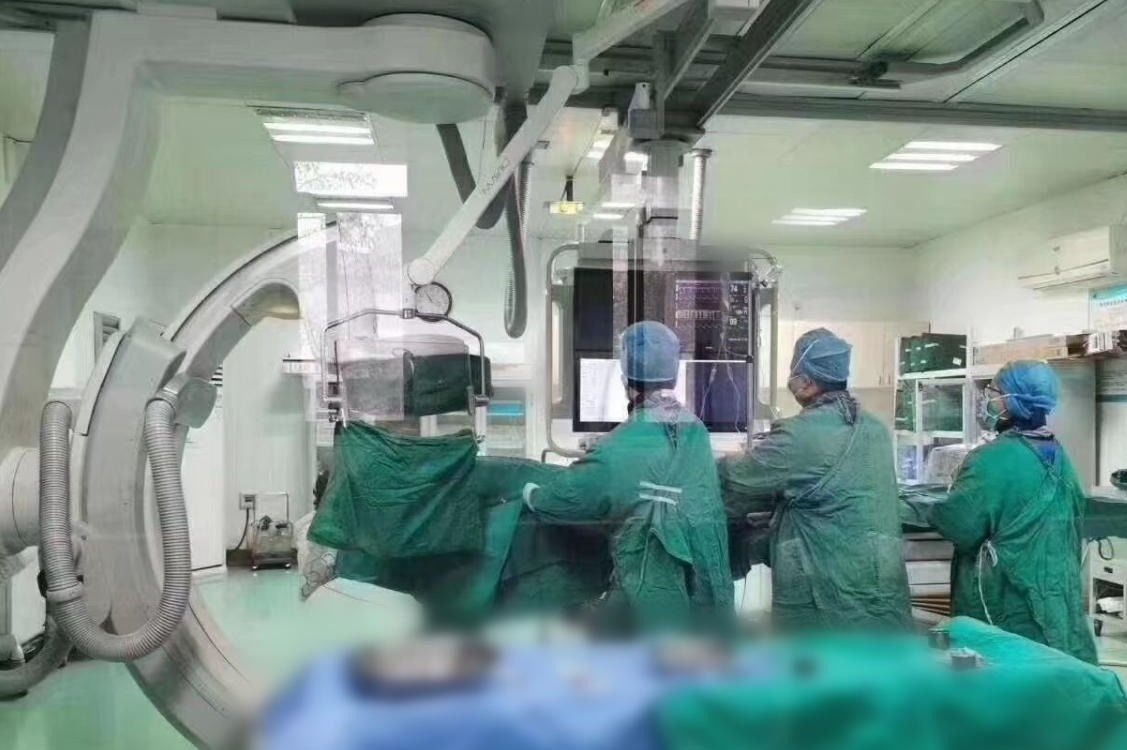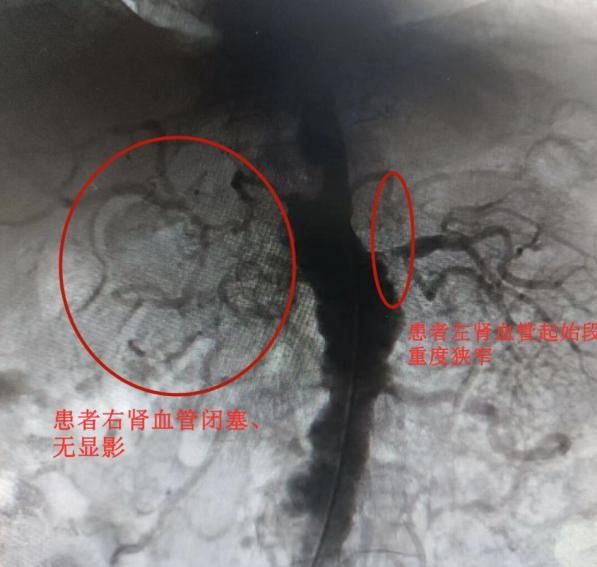Changjiang Daily Wuhan Client May 16th (Correspondent Zhou Shan) “Thanks to Director Wu’s team for pulling me back from the ‘ghost gate’. It also solved my kidney, Heart and blood pressure problems will really need to be taken seriously in the future.” On May 16, when the well-recovered 65-year-old Mr. Yan was discharged from the hospital, he repeatedly expressed his gratitude to the medical staff.
In the past ten years, Mr. Yan has successively detected various diseases such as hypertension, coronary heart disease, type III aortic dissection, cerebral vascular stenosis, renal insufficiency, chronic bronchitis and emphysema. The lateral common iliac artery was occluded and stent implantation was performed, but he didn’t care at all, still two packs of cigarettes a day, half a catty of high-level liquor, and he likes to eat heavy flavors. Until a week ago, palpitation and chest tightness recurred, blood pressure soared to 210/130mmHg, urination decreased, and frequent breathing difficulties. Even though medication could not relieve him, his family quickly transferred him to Changjiang Shipping General Hospital and Wuhan Brain Hospital for treatment.

Wu Xing’an led the intervention team in the patient’s left renal artery stent implantation. Photo by Correspondent Zhou Shan
After a timely and complete examination, combined with the medical history, Deputy Chief Physician Wu Xing’an, an expert in cardiovascular medicine, highly suspected that the elderly had an acute attack of chronic heart failure secondary to renal vascular stenosis .

Patient CT impact.
In order to make a clear diagnosis as soon as possible and avoid fatal risks such as renal failure, Wu Xing’an immediately performed angiography for Mr. Yan, and found that his right renal artery was completely occluded and atrophied, and the left renal artery started The stenosis of the segment is 95%, which is very dangerous. With rich surgical experience in similar cases, the cardiovascular intervention team decided to accurately implant the stent into the severely stenotic segment of the left renal artery through the true lumen of the right common iliac artery stent, and immediately recanalized the left renal artery.

Postoperatively, the patient’s left renal vessels have been recanalized.
On the day after the operation, the urine volume of the elderly increased significantly, the risk of renal failure was prevented in time, the chest tightness disappeared, and the breathing returned to normal. After three days of adjustment and treatment with antihypertensive drugs, Mr. Yan’s blood pressure gradually stabilized, and the antihypertensive drugs were significantly reduced, and he was about to recover and be discharged from the hospital.
Wu Xing’an said that increasing age, long-term uncontrolled smoking, drinking, and high blood pressure are common high-risk factors for cardiovascular and renal disease progression. The heart and kidneys themselves are inseparable, and the latter, as an important part of the circulatory system, plays a role in regulating cardiovascular function and metabolism. Once renal function declines, accelerated atherosclerosis will occur in the cardiovascular system, and under the combined action, secondary fluctuations in hypertension, palpitation, dyspnea and other heart failure manifestations will occur.
Wu Xing’an reminded that if you have uncontrollable high blood pressure, headache, dizziness, palpitations, chest tightness, shortness of breath and other symptoms, you can exclude On the basis of the primary disease, increase the investigation of renal vascular stenosis. Once there is definite renal vascular stenosis and the stenosis rate reaches more than 70%, it is recommended to perform renal artery interventional therapy as soon as possible.
[Editor: Yu Lina]
[Source: Changjiang Daily – Changjiang Net]